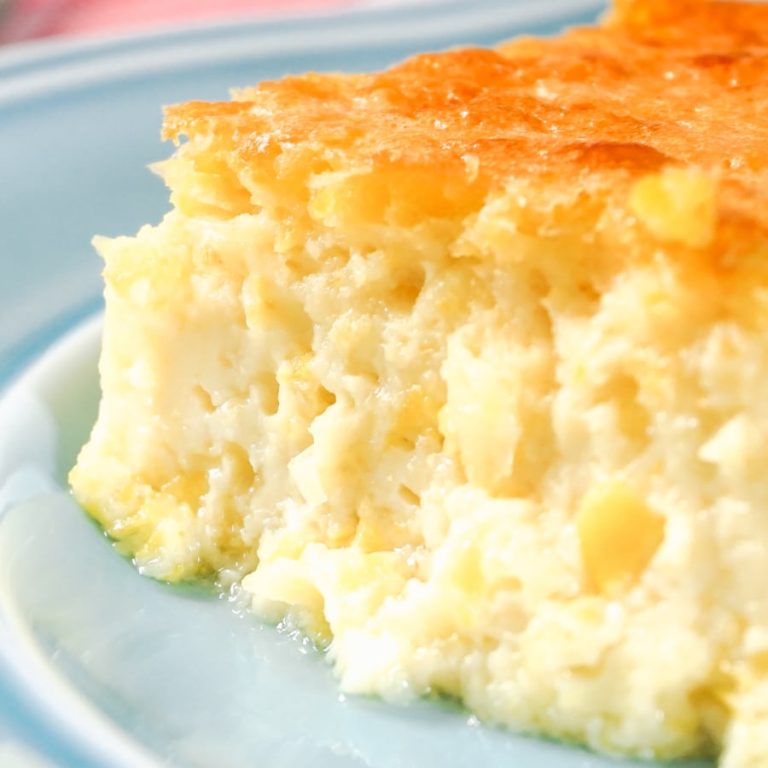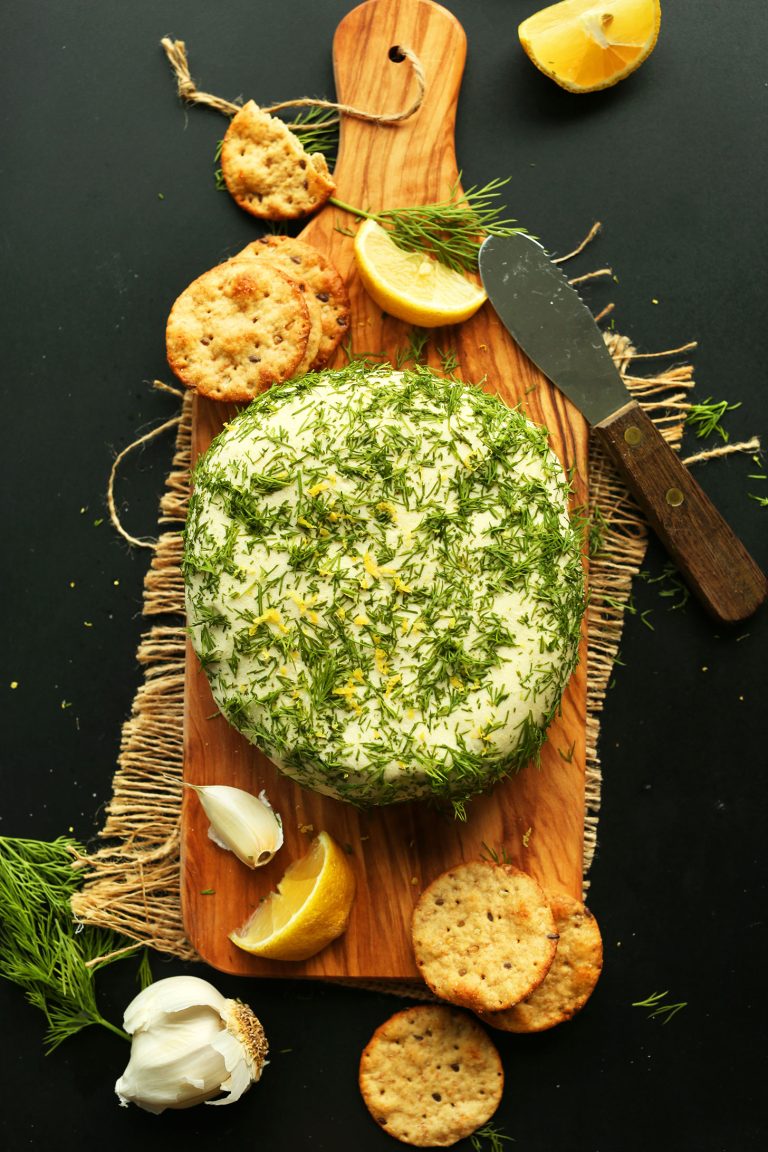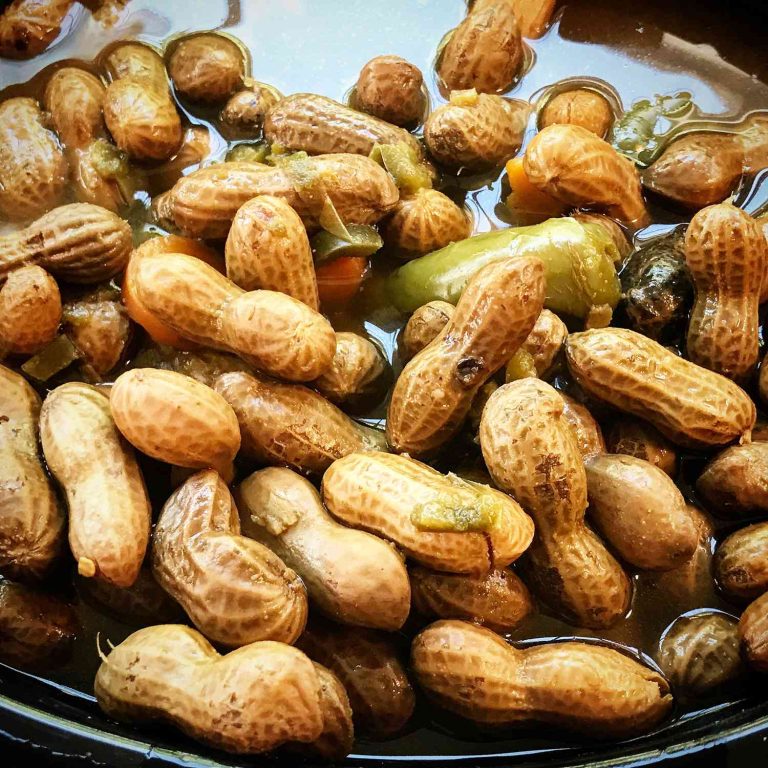Devonshire Cream Recipe: A Simple Guide for Delicious Afternoon Tea
Devonshire cream, also known as clotted cream, originated in the English county of Devon. The tradition dates back to the 13th century, where it was a popular way to preserve milk. To create it, farmers heated unpasteurized milk slowly, then left it to cool, allowing the cream to rise and thicken. This process yielded a rich, thick cream with a slightly nutty flavor. Today, it’s still made using traditional methods in parts of England, particularly in Devon and Cornwall.
Culinary Uses and Popular Dishes
Devonshire cream is a key component of traditional English afternoon tea. It’s often served with scones, where you spread the cream thickly and top it with jam. It’s also used as a luxurious topping for desserts, such as berries, pies, and puddings. Additionally, creative cooks include it in savory dishes, adding richness to soups and sauces. With its versatility, Devonshire cream enhances both sweet and savory recipes.
Making Easy Devonshire Cream at Home
Essential Ingredients and Substitutes
For the traditional version, you need heavy cream, preferably non-ultrapasteurized. Many recipes call for 2 cups of heavy cream. If you can’t find non-ultrapasteurized cream, use the freshest heavy cream available. Avoid light cream or half-and-half since they lack the necessary fat content. For a dairy-free alternative, coconut cream often fits the bill, offering a slightly different but enjoyable flavor. Keep ingredients cold for optimal results, especially when using heavy cream.
- Preparation: Preheat your oven to 180°F (82°C). Ensure the temperature stays low to mimic the traditional slow-heating process.
- Heating: Pour 2 cups of heavy cream into an oven-safe shallow dish, preferably with at least 2-inch high sides. Distribute the cream evenly to prevent bubbling over during the process.
- Baking: Place the dish in the oven. Let it bake for 8 to 12 hours, keeping a close eye on it. The cream should develop a thick, yellowish crust on top.
- Cooling: Remove the dish from the oven carefully. Allow it to cool to room temperature before transferring it to the fridge for an additional 8 hours or overnight. This resting phase ensures proper thickening.
- Skimming: Once cooled and thickened, skim the solidified cream from the top using a spoon. Save the liquid for other culinary uses if desired.
- Serving: Transfer the thickened cream to a serving bowl. It’s ready to enjoy with scones, jam, or as a topping for desserts and savory dishes.
For a dairy-free version, follow the same instructions using coconut cream instead of heavy cream. Remember, though, the flavor profile will vary slightly.
Serving Suggestions for Devonshire Cream
Ideal Pairings and Recipes
Pairings for Devonshire cream include scones, jam, and fresh fruit like strawberries. Spread the cream on fresh-baked scones, and add a dollop of strawberry or raspberry jam for a traditional treat. Use it as a topping for pancakes, waffles, or crumpets. Incorporate Devonshire cream into dessert recipes like lemon tarts or trifles. Combine it with mascarpone for a rich filling or use it as a layer in cakes.
| Dish | Recommended Use |
|---|---|
| Scones | Spread with jam and Devonshire cream |
| Pancakes | Top with fresh fruit and cream |
| Crumpets | Serve warm with a generous dollop |
| Lemon Tarts | Use in the filling to add richness |
| Strawberry Trifle | Layer with sponge and fruit |
Creative Serving Ideas
Experiment with Devonshire cream in various dishes. For breakfast, add a spoonful to a bowl of oatmeal or yogurt. Use it as a base for creamy soups or add it to mashed potatoes for extra richness. Create a quick dessert by serving the cream with poached pears or baked apples. Additionally, offer Devonshire cream as a side with afternoon tea sandwiches for a gourmet twist.
Health Considerations of Devonshire Cream
Nutritional Information
Devonshire cream contains high levels of fat and calories. A standard serving (1 ounce) generally provides about 110 calories and 12 grams of fat. The cream also offers small amounts of protein (2 grams) and carbohydrates (1 gram). Along with these macronutrients, it contains vitamins like A and D, which are essential for vision and immune function. The presence of calcium contributes to bone health.
Dietary Considerations
Devonshire cream is unsuitable for those with lactose intolerance or dairy allergies due to its dairy content. Consuming this cream can exacerbate symptoms like bloating and digestive discomfort for those affected. If you follow a vegan diet, traditional Devonshire cream is not an option since it’s derived from cow’s milk. However, alternatives like coconut cream can serve as a dairy-free substitute. Individuals monitoring their cholesterol intake should be mindful, as the high saturated fat content can impact heart health. Use moderation to balance enjoyment with health considerations.
Conclusion
Devonshire cream brings a touch of elegance to your afternoon tea and offers a delightful experience for your taste buds. Whether you choose the traditional recipe or the dairy-free alternative, it’s a treat that adds richness to any occasion. Remember to enjoy it in moderation, especially if you have dietary restrictions or health concerns. With its luxurious texture and versatile uses, Devonshire cream is sure to become a cherished addition to your culinary repertoire.





